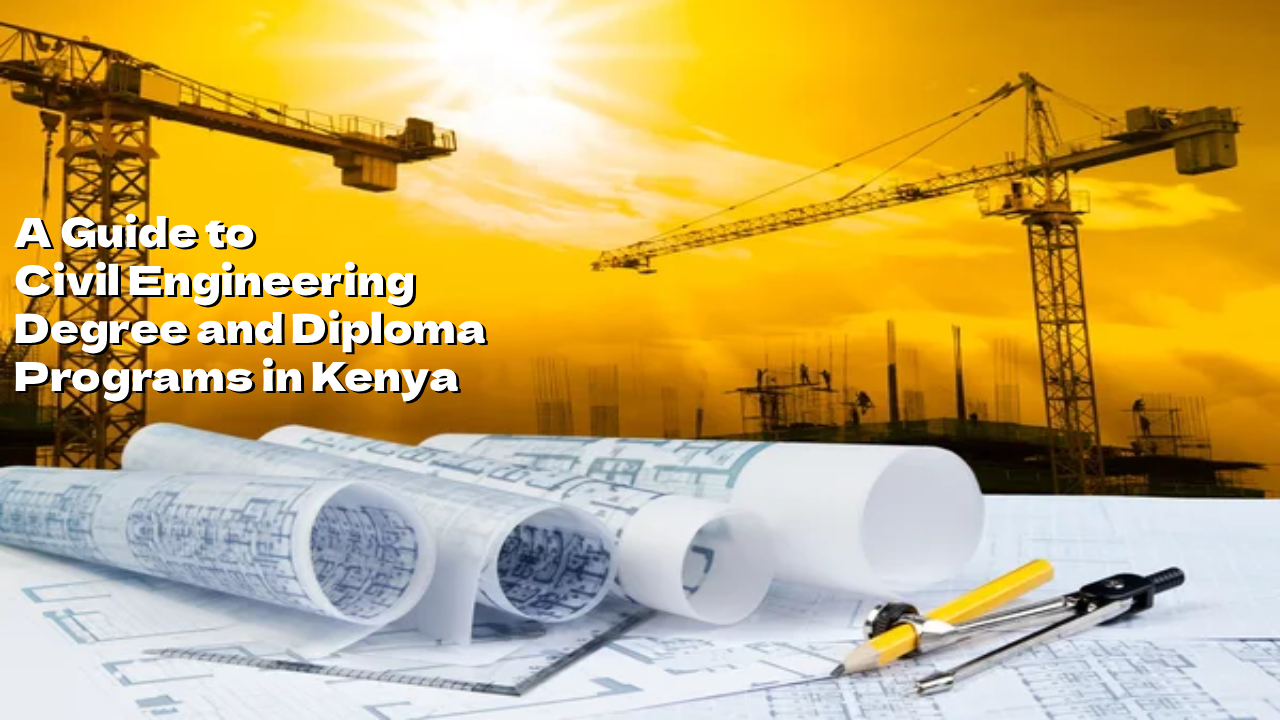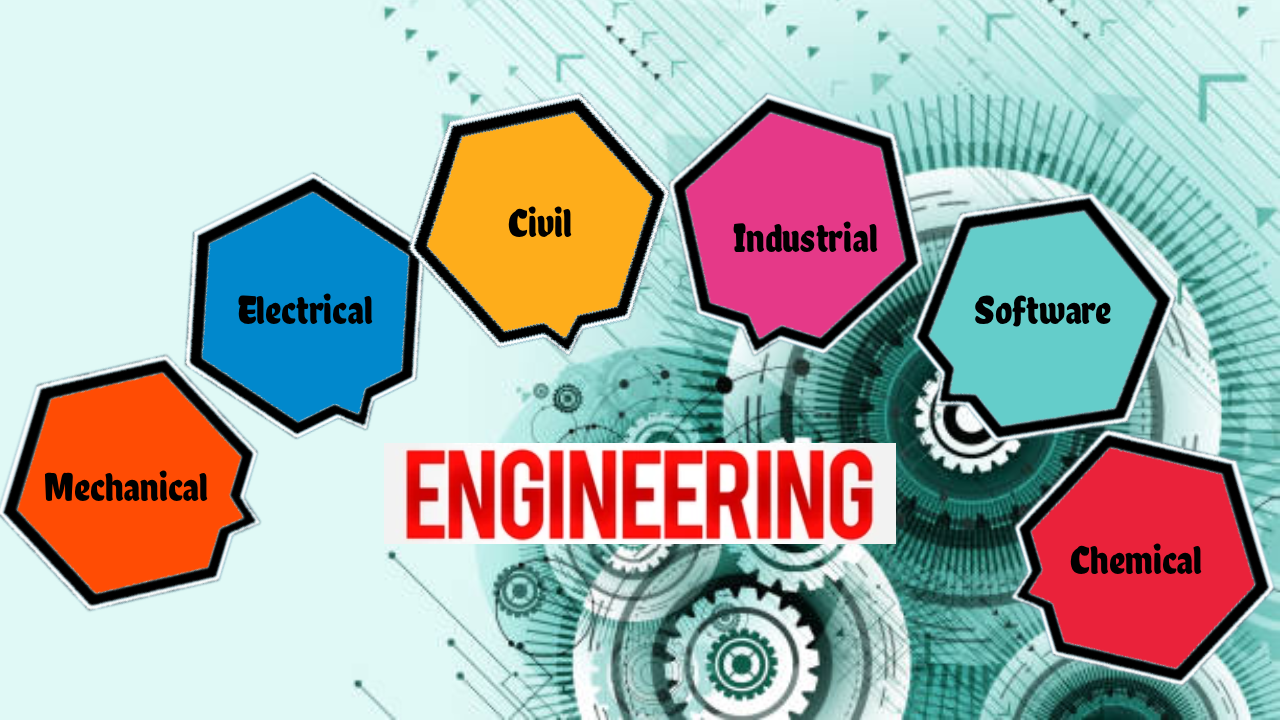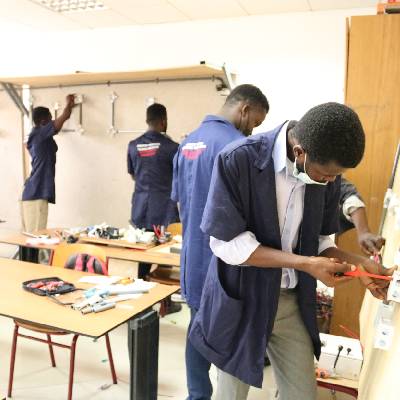
Diploma in Petroleum Geoscience is an interdisciplinary program designed to enhance critical thinking and the technical skills needed by students and professionals interested in professional careers in the emerging oil and gas sector in Kenya, Uganda, and Southern Sudan.
This course provides an introduction to geology and an introduction to petroleum geosciences. No prior knowledge in geology is assumed and the course starts from basic geological concepts (e.g. minerals, igneous rocks, sedimentary rocks, metamorphic rocks, rock deformation, and geological time) then moves onto the petroleum system (e.g. source rocks, reservoir rocks, sealing rocks, maturation, migration, and trapping of hydrocarbons) and finally introduces the tools used in petroleum exploration.
Entry Requirements
- KCSE Mean Grade C- (Minus) or
- A pass in relevant Craft certificate
Objectives of Petroleum Geosciences
This KNEC diploma in petroleum geosciences program provides training in geology and geophysics for students preparing to enter the oil and gas industry.
This program aims to offer a coherent understanding of the areas of science that relate to the earth?s petroleum resources including their nature, origin, distribution, discovery, and exploitation. The course is designed to impart practical knowledge and the ability to understand the geological and technological complexity of the petroleum systems.
On successful completion of this course students will be able to:
- Recognise and describe minerals and sedimentary, metamorphic, and igneous rocks.
- Recognise and describe geological structures (faults and folds).
- Recognise and describe the elements and processes of a petroleum system.
- Work collaboratively in groups during laboratory sessions to determine solutions for practical activities related to the description of rocks, geological structures, and petroleum systems.
- Explain and apply the use of seismic reflection data and wireline logging and other technologies in petroleum exploration.
- Explain the scope of the upstream petroleum industry.
Related articles
-

A Guide to Civil Engineering Degree and Diploma Programs in Kenya
08-Nov-2025 -

Electrical Engineering in Kenya: A 2025 Guide for KCSE Graduates
08-Nov-2025 -

Mechanical Engineering in Kenya: A 2025 Guide for KCSE Graduates
08-Nov-2025 -

Engineering Courses in Kenya: A Guide for 2025 KCSE Graduates
08-Nov-2025 -

Education Pathways in Kenya — From Basic Education to Tertiary | College Guide
06-Nov-2025 -

The Bird and the Mirror: A Reflection on Identity, Perception, and Illusion
07-Feb-2025
Colleges offering Petroleum Geosciences

Nakuru Town East
Rift Valley Institute of Science and Technology

Dagoretti South


